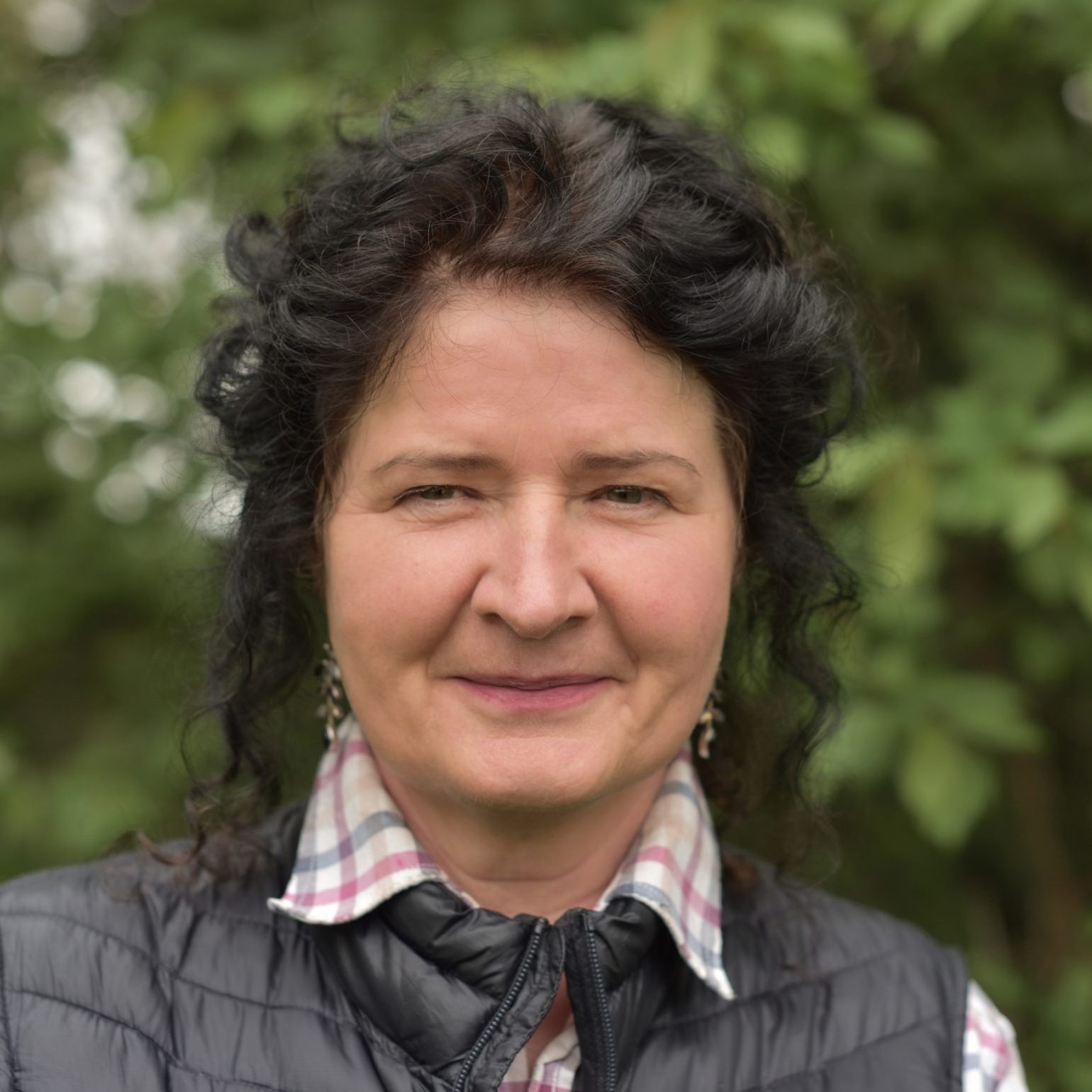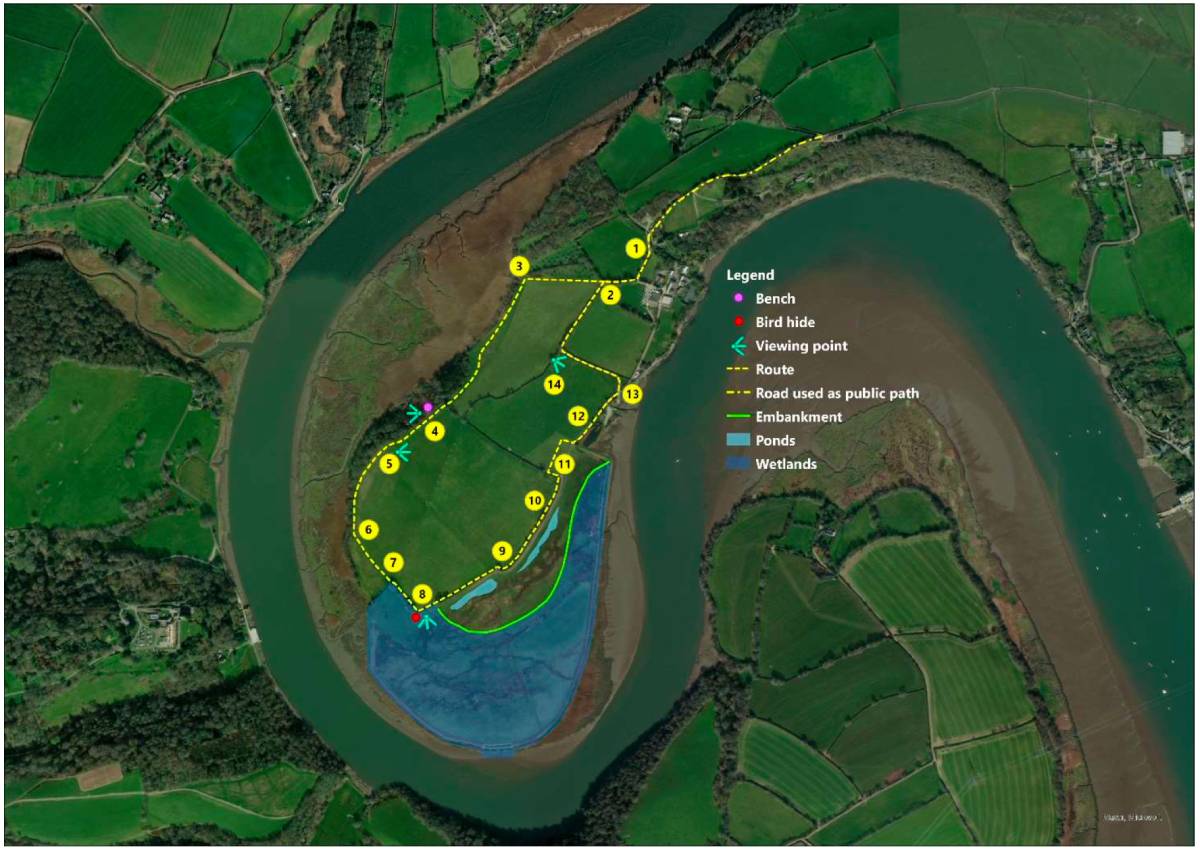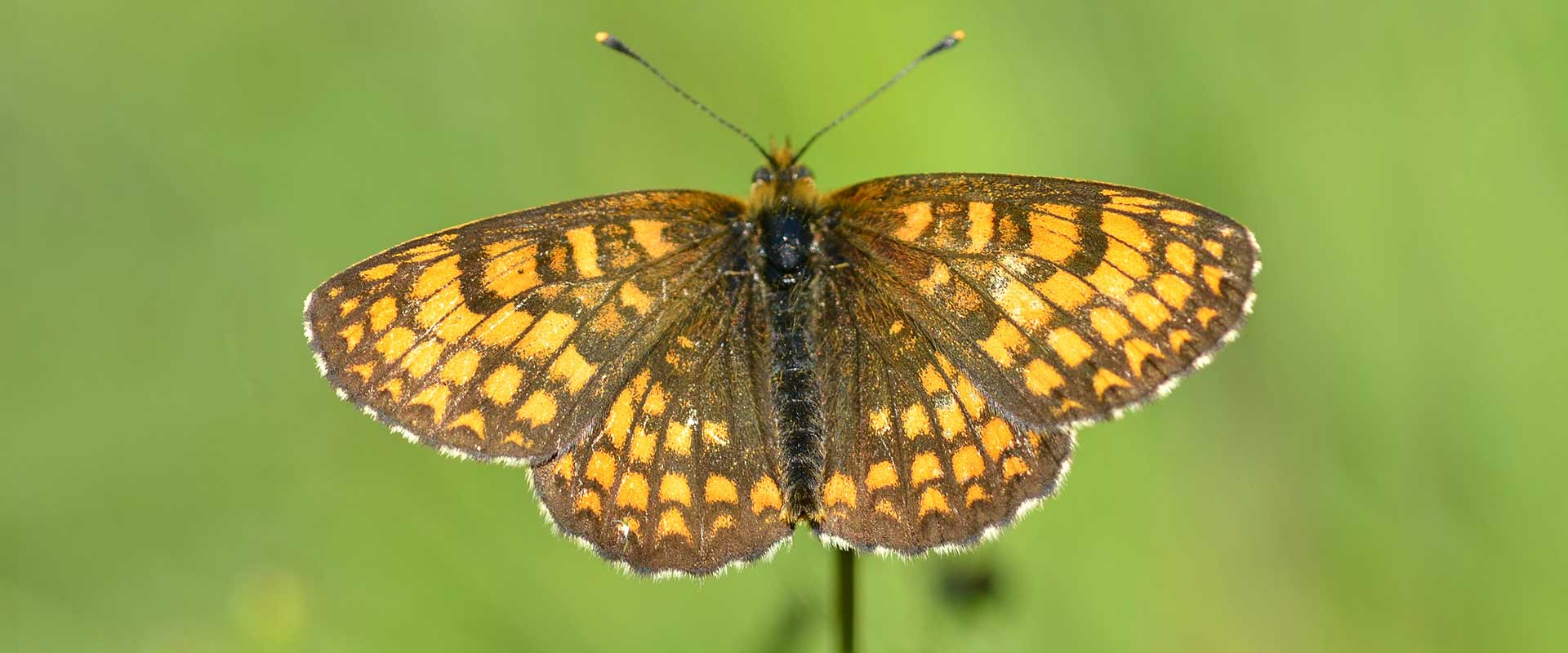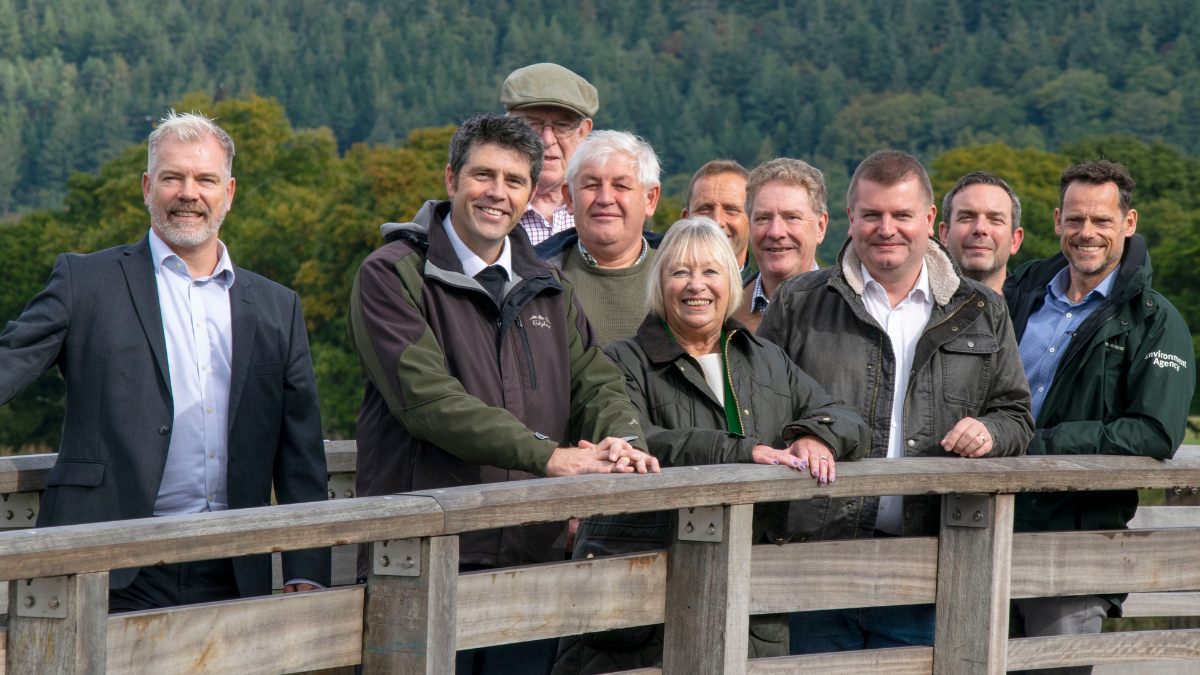Sign up here for FREE periodic updates from the Tamar Valley National Landscape, packed with the latest news, events, volunteering opportunities, and project updates. Simply add your name and email address below and your seasonal ebulletin will be emailed to you.
‘Heath fritillaries are also known as ‘the Woodman’s follower’ as they traditionally followed woodsmen around the woodland as areas were coppiced’.
The Tamar Valley provides a home to the rare heath fritillary, Melitaea athalia.
This butterfly is restricted to just a few remaining strongholds in Britain, including Blean woodlands in Kent, sheltered heathland combes on Exmoor, woodland in Essex and the Lydford Valley in Devon.
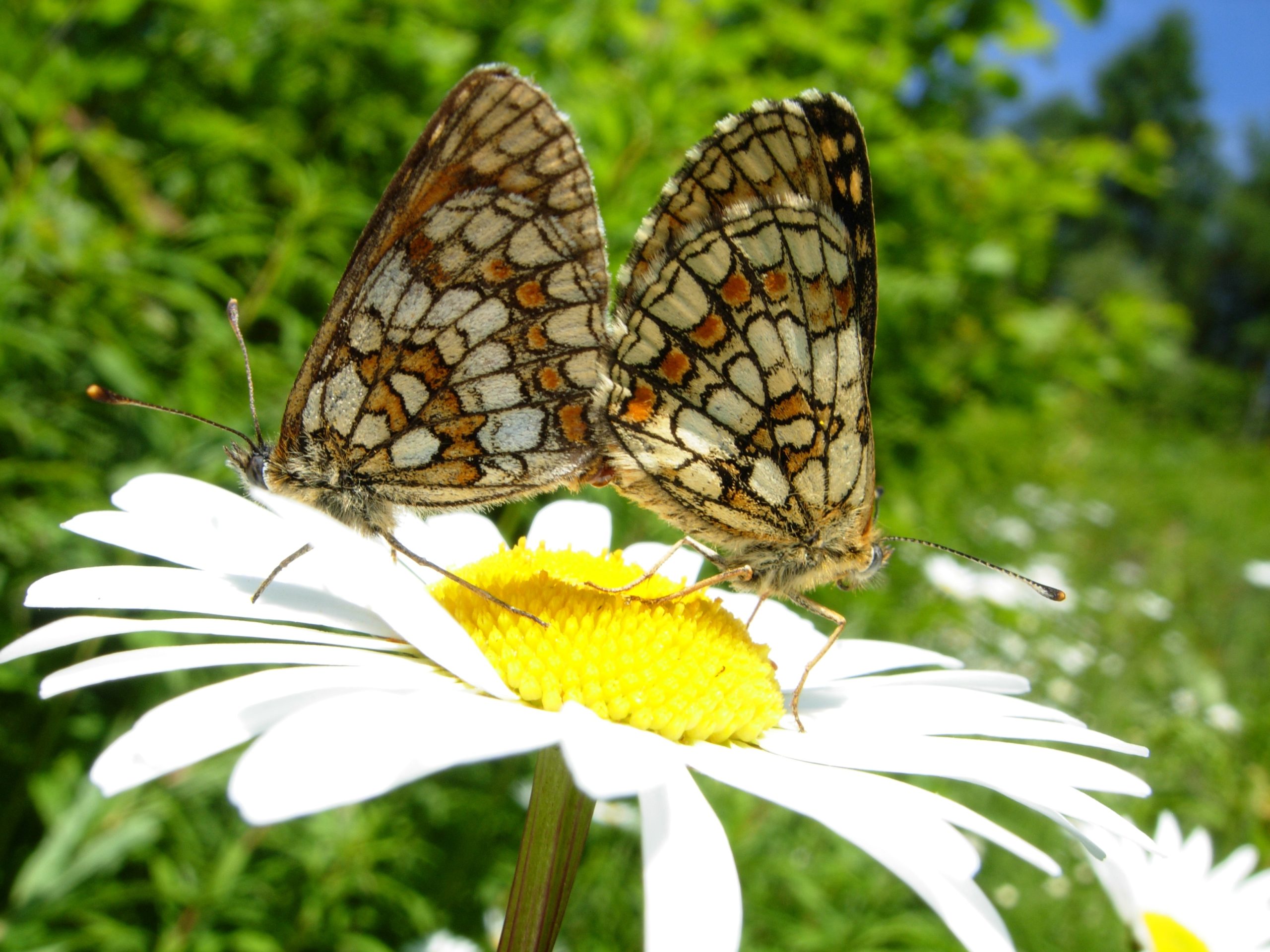
Objective:
Supporting a project by Butterfly Conservation, the aim of which is to restore additional areas of potential breeding habitat, enhance habitat quality across all sites and improve connectivity between them, providing a long term future for the butterfly. The project also aims to engage local people and volunteers, increasing understanding and appreciation of the butterfly and the landscape
Project Partners:
Butterfly Conservation (Lead), Natural England, Landowners, Tamar Community Trust
Project Categories:
Nature
Timeframe:
Ongoing
Lead Officer:
Jane Hart / Vallerie Darwall
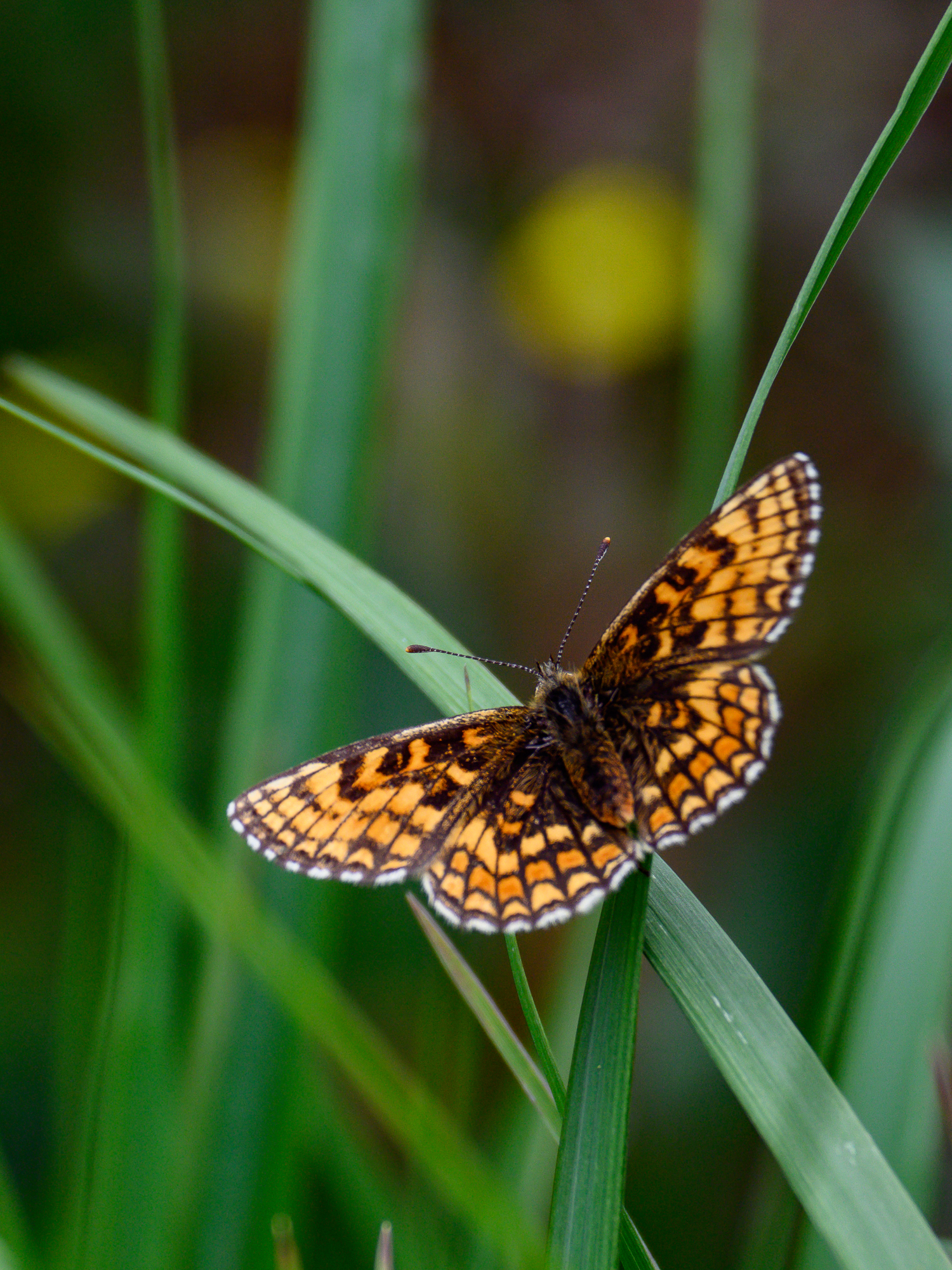
Butterfly Conservation
Butterfly Conservation have compiled a report on their work to conserve the Heath Fritillary in the Tamar Valley in 2022.
The large population at Greenscombe Wood had a good year, with the overall estimated peak population higher in any year since 2009, with the exception of 2018 which was an exceptional year for butterfly sightings.
A second population at Lydford Old Railway reserve site had a better year in 2022 than the previous year, but numbers there are still precariously low – it’s an isolated site which makes recovery of the Heath Fritillary population a challenge, but changes in the management regime there will hopefully help to restore numbers.
This work is part of an ongoing monitoring programme and we want to thanks Butterfly Conservation for their continued hard work to help conserve and restore the Tamar Valley’s butterflies.
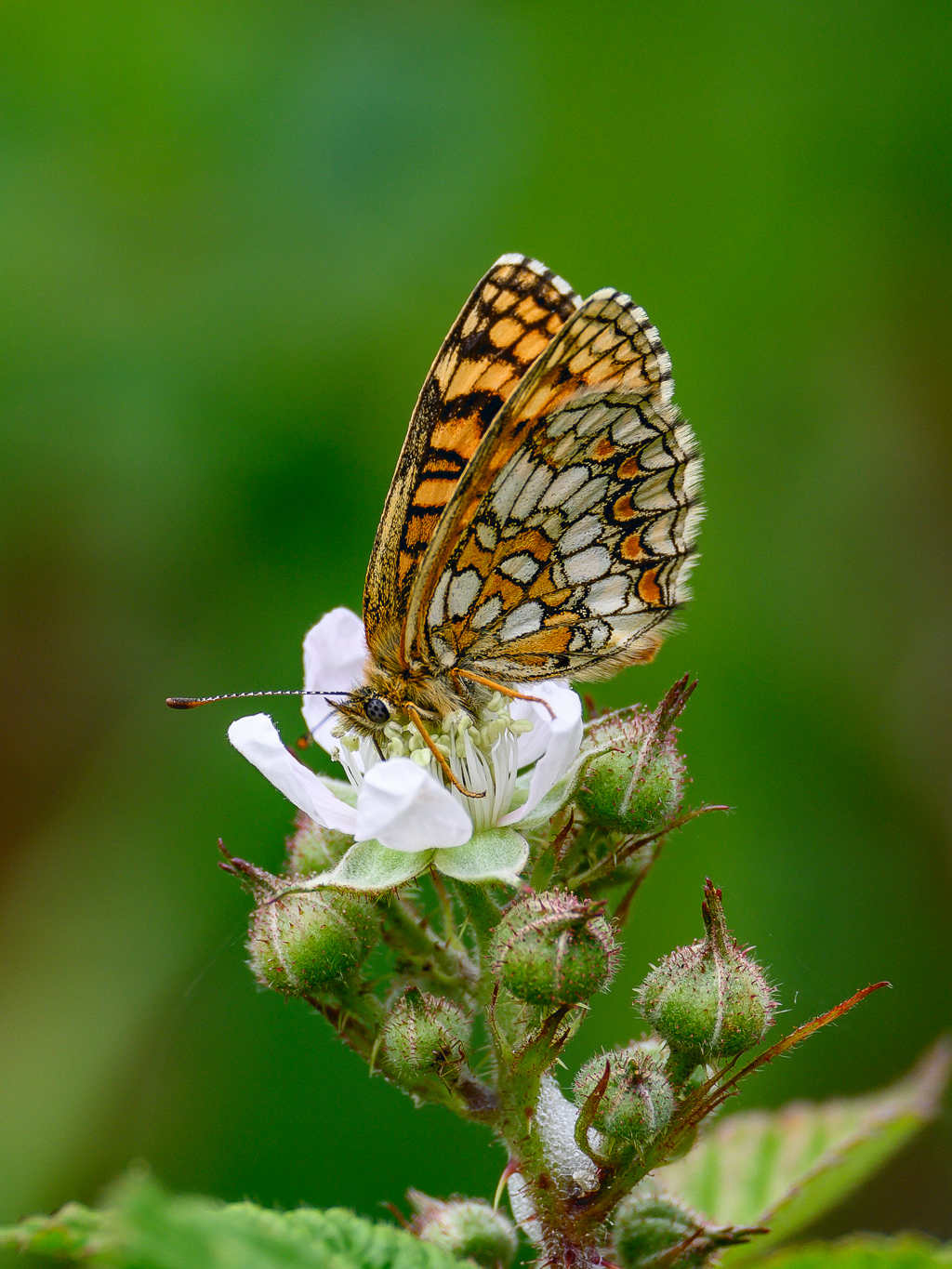
Heath Fritillary in the Tamar Valley - Butterfly Conservation Report No. S22-17 - Jenny Plackett
Published 2022
PDF downloadBackground
One of the smaller and darker-coloured of the handsome fritillaries, heath fritillaries are seen flying close to the ground, gliding and flitting in warm, open areas.
Our local acid soils support its foodplants, such as common cow-wheat and ribwort plantain, but like many other species in the Valley, heath fritillaries are dependent upon the continuation of traditional land management practice of woodland coppicing, which creates suitable clearings where the foodplants can thrive.
The Heath Fritillary was doing well in the Tamar Valley in the 1980s but by early 2000 much of the open habitat had become shaded by the growth of conifers surrounding the key breeding sites resulting in the loss of the key foodplants for the butterflies. This eventually led to the local extension of the heath fritillary in the Tamar Valley. A programme of conservation work was carried out to recreate suitable conditions and the butterfly was re-introduced to the area in 2006/7.
Reintroductions occurred in 2006 at Greenscombe wood and in 2007 at Blanchdown wood. The former reintroduction has been a tremendous success to date. In 2012 the population at Greenscombe wood expanded into newly managed areas, which were funded through agri-environment funding from Natural England. Numbers rose to more than 250 butterflies being recorded in a day, compared with less than 50 in previous years.
More recent work has taken place as part of Butterfly Conservation’s ‘Saving Tamar Valley’s Heath Fritillaries’ project.
This BIFFA funded project has helped to improve the extent of potential habitat by contributing to the costs of restoring 7 hectares of larch woodland to oak/hazel coppice habitat, funding the cost of the post felling clearance and planting.
Coppicing and scrub control was carried out in both Blanchdown Wood and Luckett Wood, and habitat connectivity was improved between potential breeding areas.
The Tamar Community Trust Volunteers supported this project work, as well as other local residents who got involved in helping to record and survey for the butterfly.
The butterfly monitoring data shows that the Heath Fritillary has responded well, with higher timed counts recorded at Greenscombe Wood in 2017 and 2018 than in any year since the reintroduction. Since then numbers have remained stable.
However, as Greenscombe wood is the only remaining site in the Tamar Valley, the species remains under threat of extinction, as there could be a localised catastrophe (for example, extreme weather or disease). The next challenge will be to get the coppice cycle right so that it results in an expansion of the Heath Fritillary population into other Valley woodlands.
The positive partnership between Butterfly Conservation, Natural England, the Tamar Valley National Landscape and local landowners will continue with all organisations working together to maintain good conditions for the butterfly.
Landscape scale conservation for butterflies and moths - Lessons from the UK (with permission)
Published Butterfly Conservation 2012
PDF download
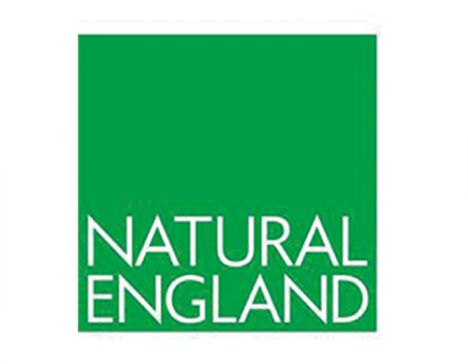
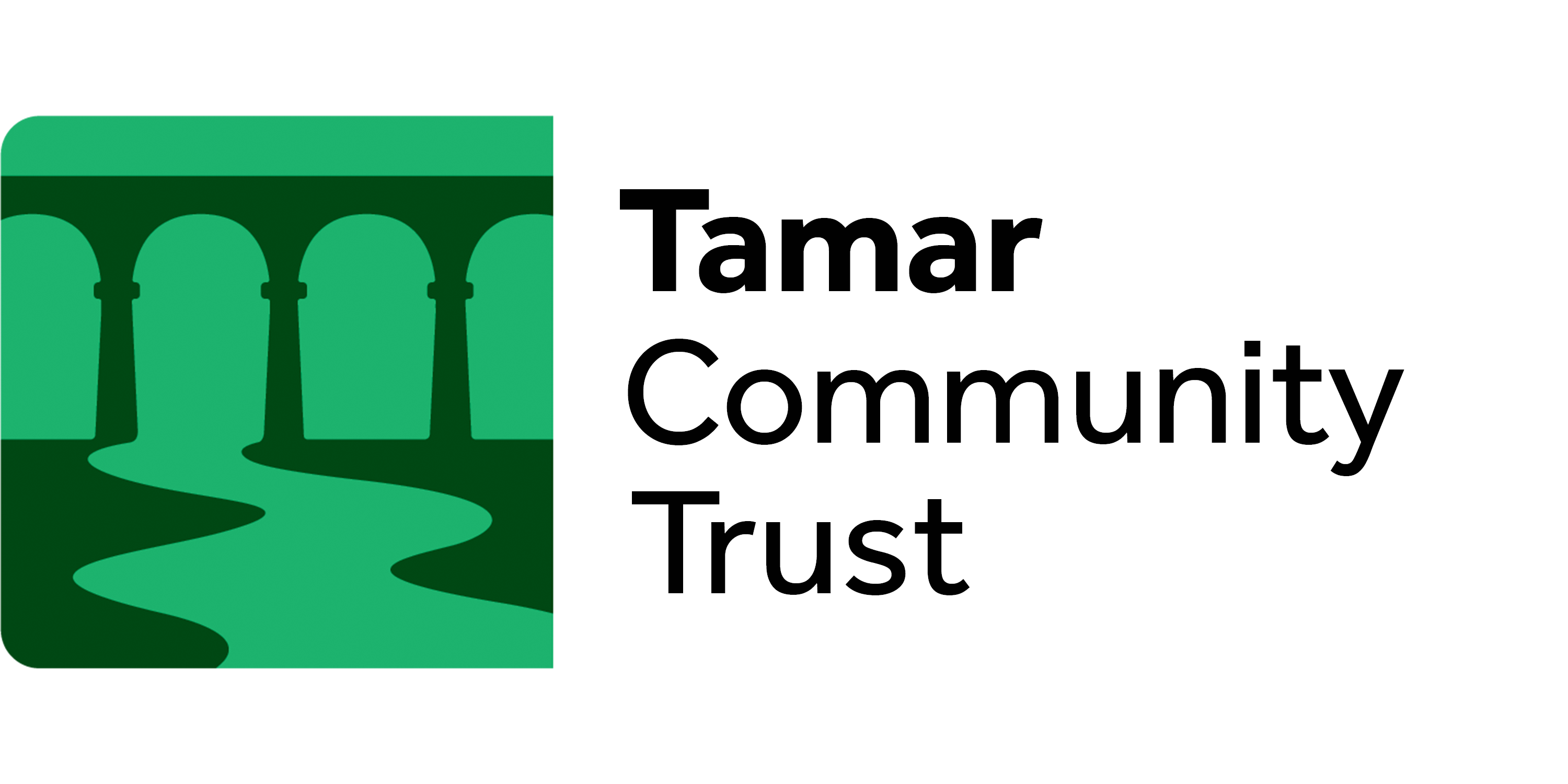
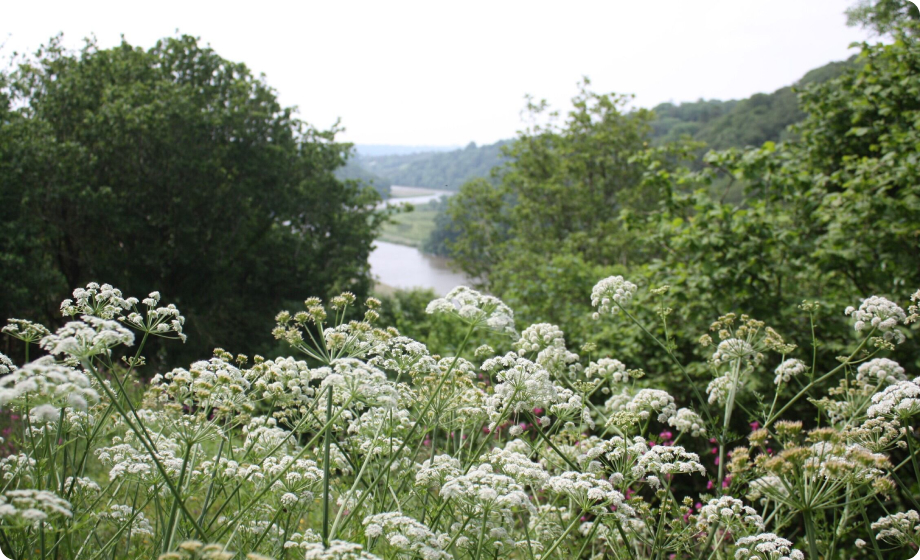
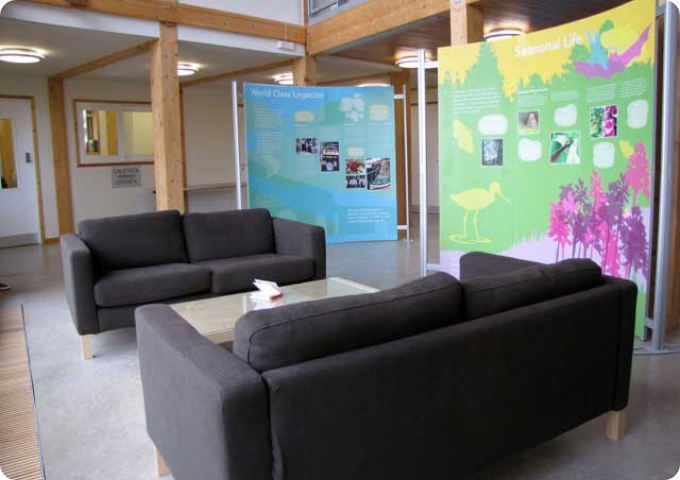
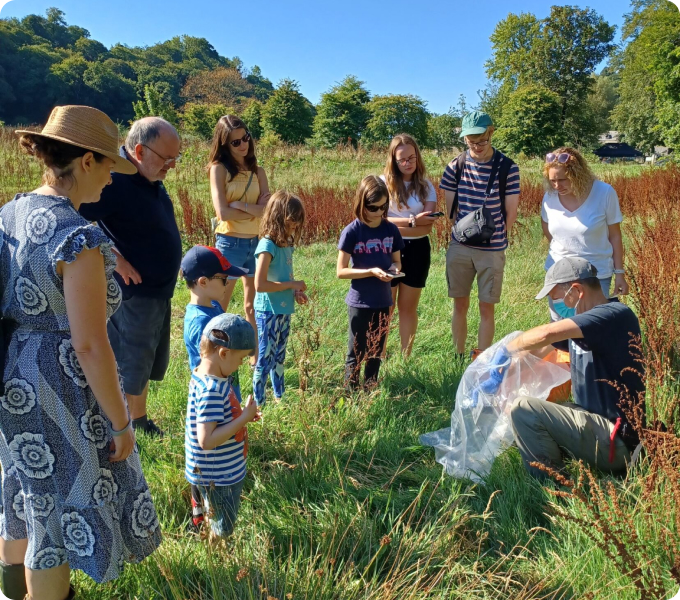
ebulletins
The Tamar Valley National Landscape team (hosted by Cornwall Cornwall) is committed to gathering and processing personal data with full regard for the General Data Protection Regulation (GDPR). Please view our Privacy Statement for further information here. A copy of MailChimp’s Privacy Policy can also be viewed here.

